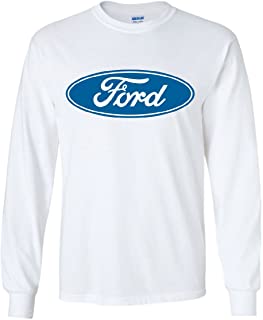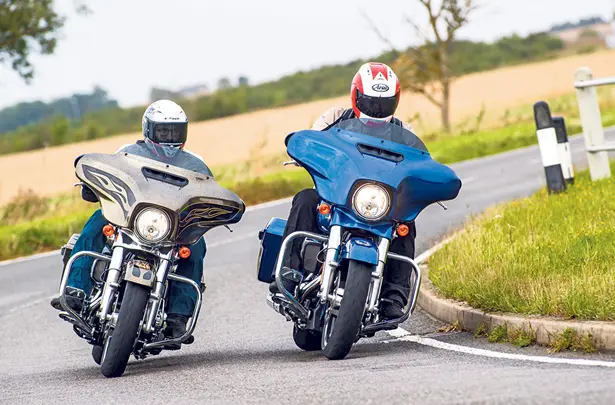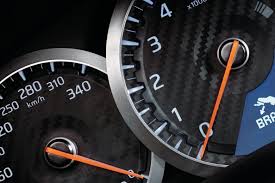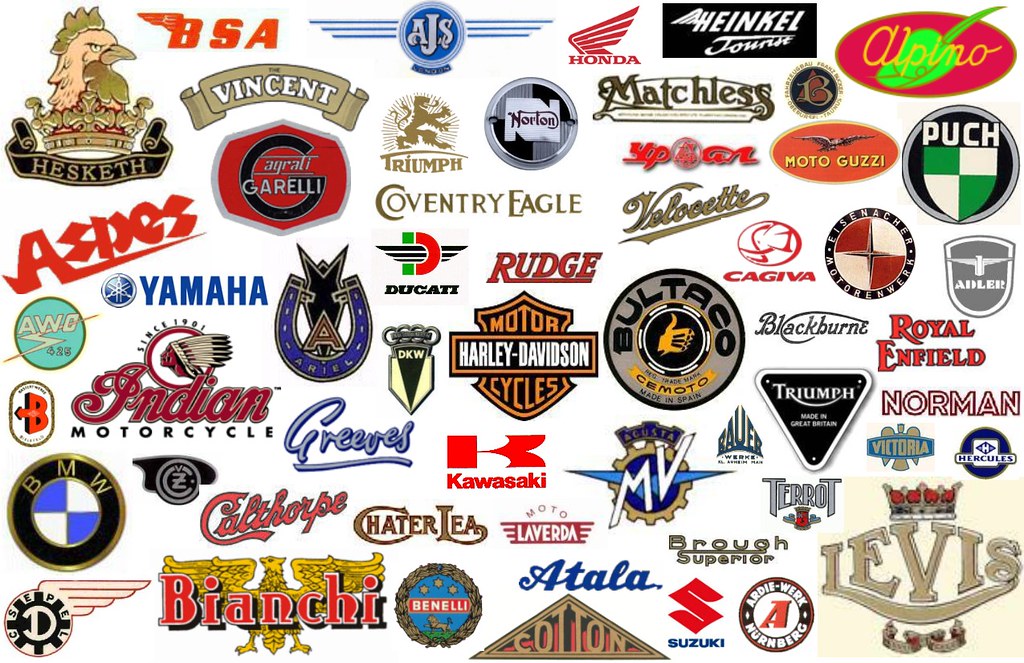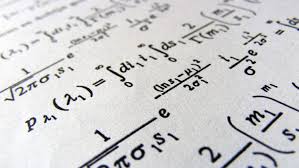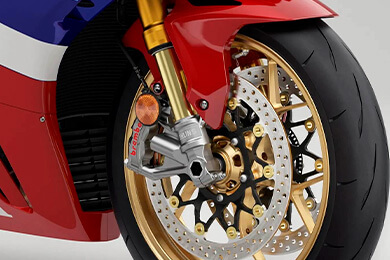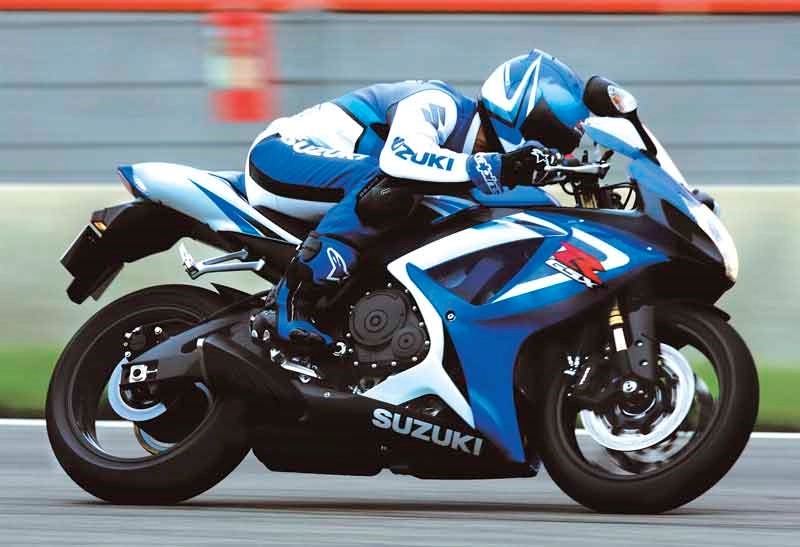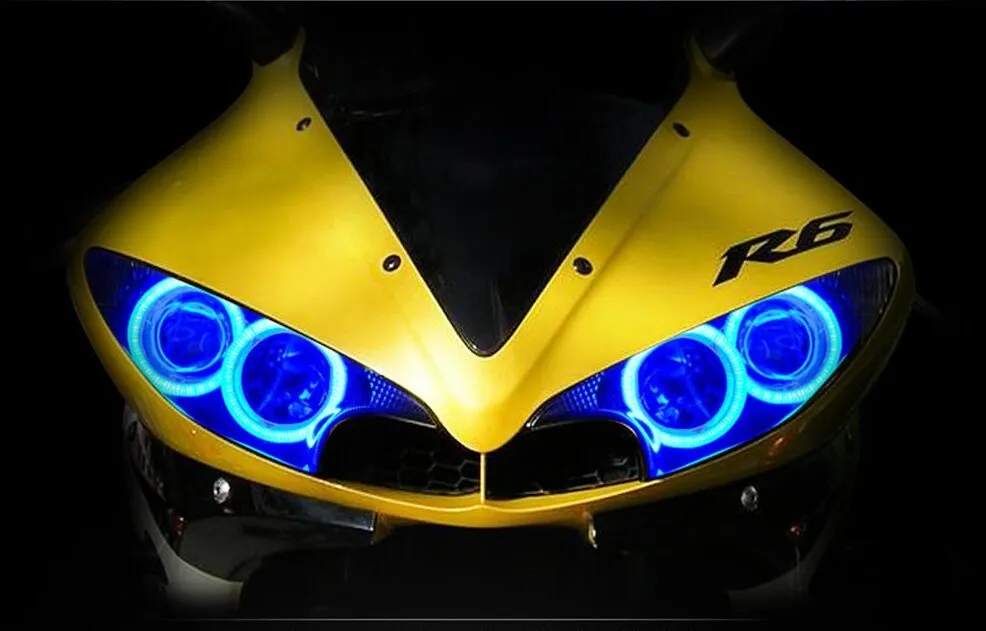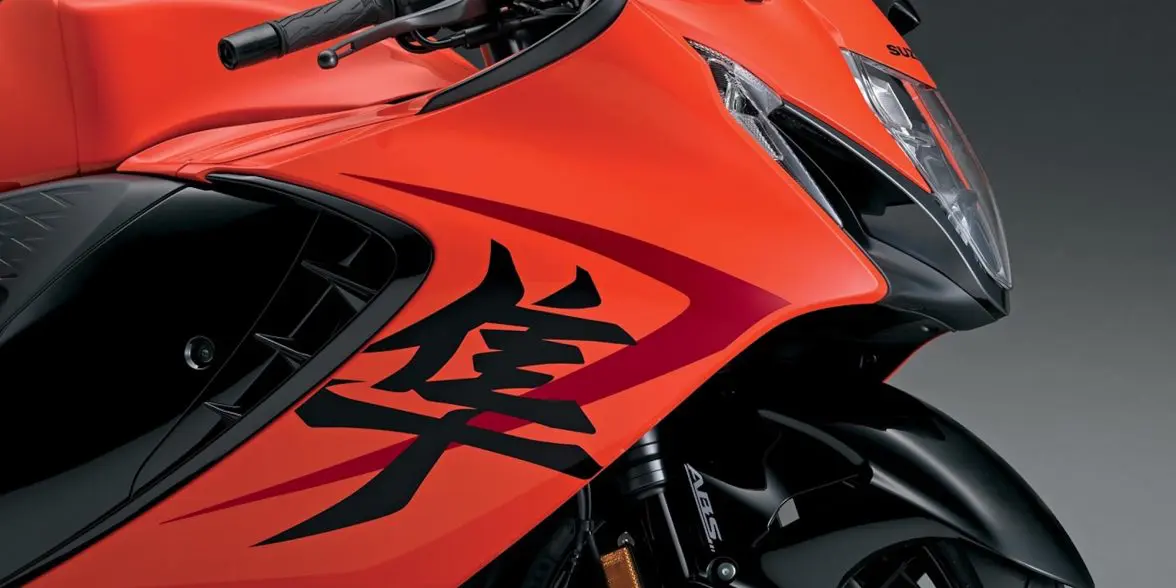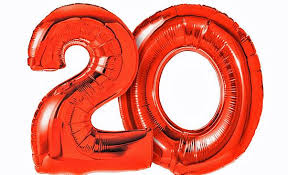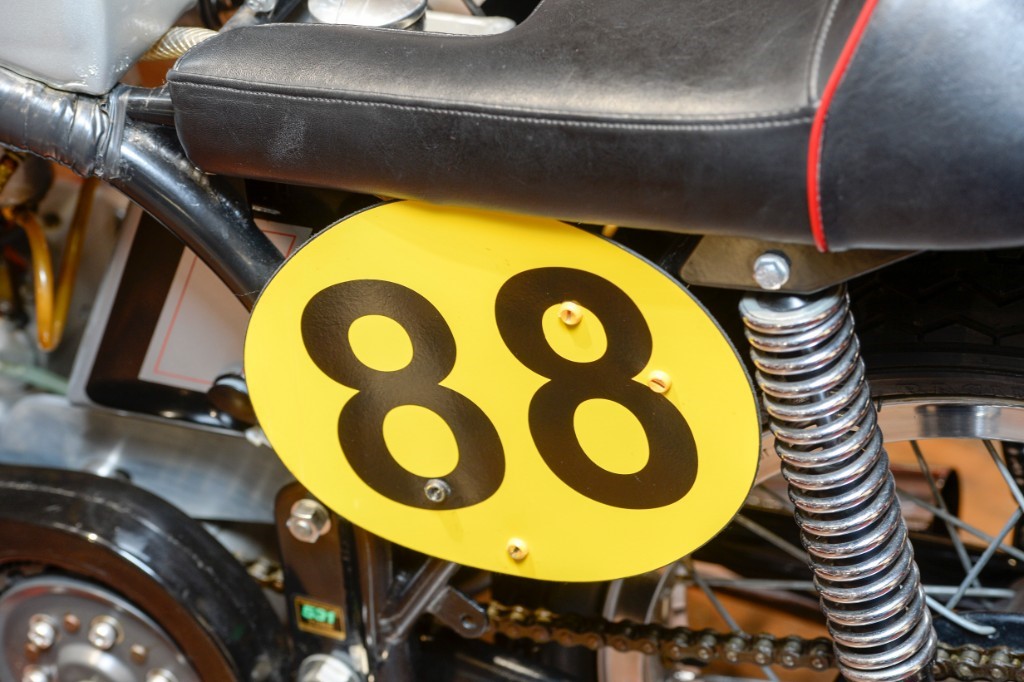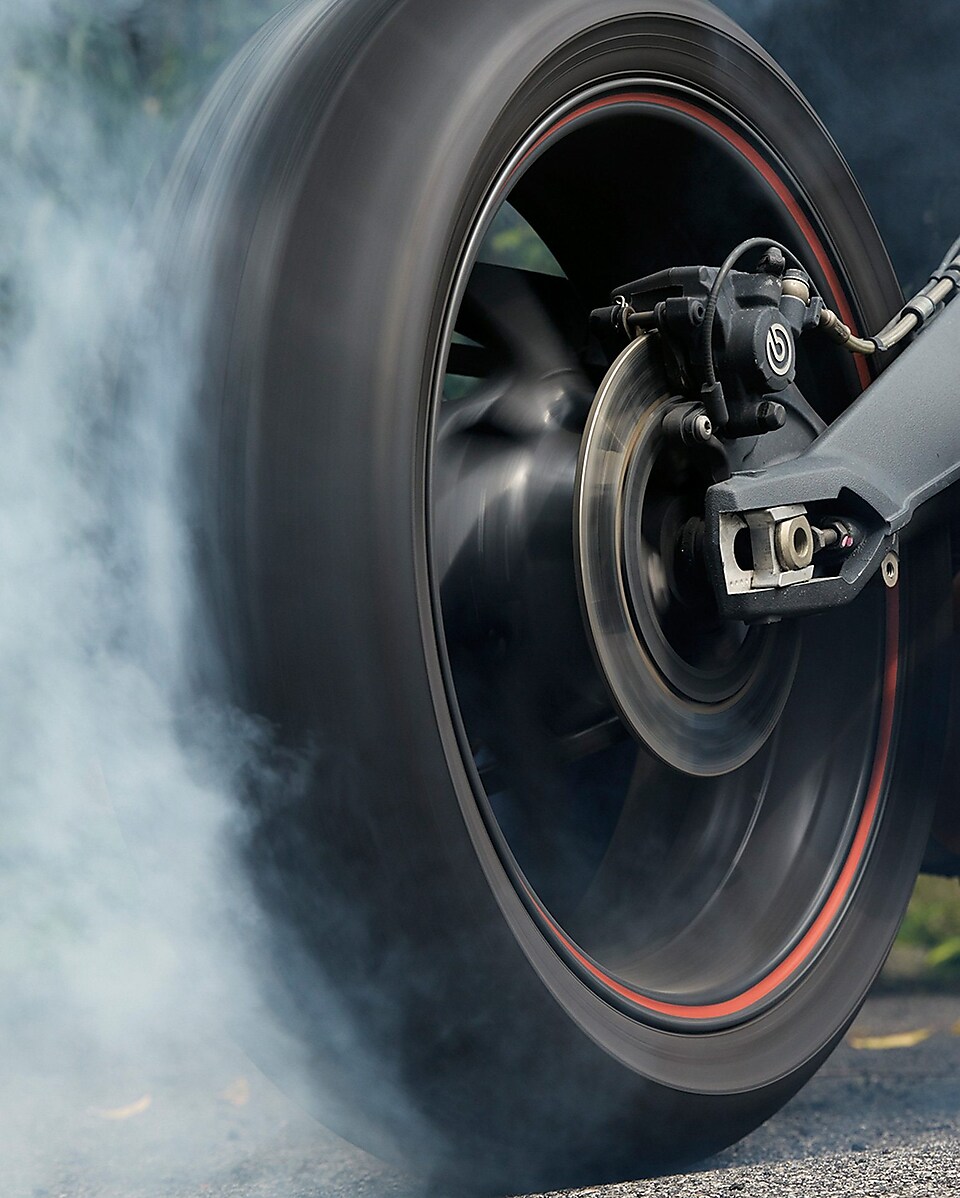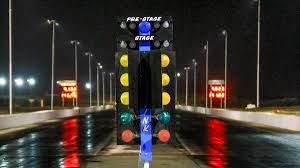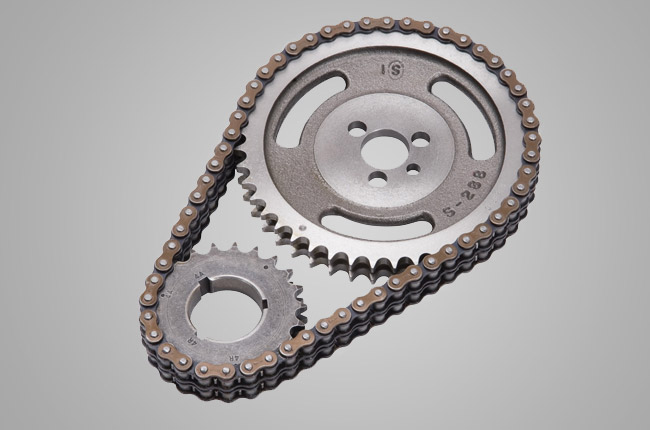


This edition of the Honda XL 250 R is the 5 speed / Manual version and was first brought out in 1987. This was at around the same time as the introduction of the 1988 Suzuki TV 250 Wolf and the 1988 Suzuki RH 250 X.This particular Honda XL 250 has a 249cc Air cooled, Two stroke, V3 Petrol powerplant with 1 cylinders and Carburettor.
![Buell-EBR XB12X Ulysses Adventure - [2010] image Buell-EBR XB12X Ulysses Adventure - [2010] image](/editionimages/b/default.jpg)
An alternative V3 engine, Adventure style motorbike includes the Buell-EBR XB12X Ulysses Adventure - [2010]
The 1987 XL 250 shares its V3 engine and Adventure style configuration with the likes of the 2010 Buell-EBR XB12X Ulysses Adventure and the 2008 Buell-EBR XB12X Ulysses Adventure. Alternatively, if you're looking for other bikes which share the XL 250's Adventure style with a similar size of engine then how about the 1997 Yamaha DT 230 Lanza | 1997cc.2020 Kawasaki Versys-X 300 | 2020cc.
Weighing in at 128 kgs (282 lbs) this makes the Honda XL 250 R in the same weight category as the 2025 Yamaha WR 250 F or the 2024 Kawasaki Eliminator 500 Twin, give or take 50kg.
In terms of power the 249cc 4 valve V3 1 cylinder engine produces 20 bhp (14 kW) @ 7500 rpm similar to the 2025 Honda MSX 125 Grom [9.6 bhp (7 kW) @ 7250 rpm] or the 2025 Yamaha WR 250 F [36.1 bhp (26 kW) @ 12000 rpm].
The SOHC Two stroke unit throws out torque of 14.4 lb-ft (19.5 Nm) @ 8000 rpm placing it alongside motorbikes of similar performance figures such as the 2025 Yamaha WR 250 F [17.8 lb-ft (24.2 Nm) @ 8100 rpm] and the 2024 Kawasaki Eliminator 500 ABS SE [31.7 lb-ft (42.9 Nm) @ 7500 rpm].
If one combines the weight with power or torque performance for the Honda XL 250 you can get a better idea of it's real world performance.
The 1987 Honda XL 250 R has a Power to weight ratio of 156.2 bhp per ton and 112.9 lb-ft per ton. Bhp Per Ton figures of the 1987 XL 250 competing with the 2009 Kawasaki VN 900 Vulcan Custom [180.5 bhp\ton] and the 2019 Kawasaki VN 900 Vulcan Custom [180.5 bhp\ton].
If you agree with the late great Carroll Shelby, then arguably an even better indicator of potential performance is Torque. Factor weight into the equation and you end up with - Torque per ton, with the Honda XL 250 generating around 112.9 lb-ft per ton. If you're curious as to what other motorbikes have as much torque to weight then look no further than the 1992 Suzuki GSF 400 V Limited [137.5 lb-ft per ton] and the 1991 Suzuki GSF 400 DOHC [137.5 lb-ft per ton].
With a 0-60mph time of 23.7 secs or a 0-100km/h (0-62mph) of 24.2 secs, this makes the Honda XL 250 R similar in acceleration to the 2018 Suzuki AN 400 Four Stroke (23.7 secs) and the 2004 Yamaha XT 225 Serow (23.7 secs). This Honda XL 250 R also competes in terms of 0-60 mph and 0-100km/h with the 2018 Honda CB 250 R Neo Sports Cafe (0.0 secs) and the 2020 Norton Superlight SS (0.4 secs).
![Suzuki Boulevard - Intruder C 50 BOSS - [2014] image Suzuki Boulevard - Intruder C 50 BOSS - [2014] image](/editionimages/b/default.jpg)
Quarter Mile time is a close race between the 1987 Honda XL 250 R and the 2014 Suzuki Boulevard - Intruder C 50 BOSS
When talking about the performance of the 1987 Honda XL 250 R on the drag strip it can reach a quarter mile in an estimated 0 secs @ 0 mph. Bikes with a similar performance down the quarter mile can be found in the 2014 Suzuki Boulevard - Intruder C 50 BOSS (0 secs) and the 1978 Honda CB 400 T Hawk (0 secs).
The 1987 version of the Honda XL 250 R has a maximum speed of 0mph.
If maxing out your bike on the AutoBahn is your thing and you're wondering what's faster at the top end than the 1987 Honda XL 250 R then how about a 2013 Honda CHF 50 Metropolitan (35 mph) and the 2002 Honda CHF 50 Metropolitan (35 mph).




